EARLY WARNING, RISK REDUCTION
In recent years, due to the storage and release of water from large hydropower plants, the west of Quang Ngai has continuously recorded earthquakes, many times being the epicenter. Earthquakes have increased in both frequency and intensity, causing people in the affected areas to live in constant anxiety. During each rainy and stormy season, landslides have also become more complicated, threatening the safety of people in the highlands.
Thien Nhan, Binh Minh and Minh Hieu (from left to right) simulate the landslide, flood and earthquake warning system. PHOTO: DUC NHAT
From that reality, 3 students Nguyen Cao Thien Nhan (grade 8 Sinh Ton), Thai Binh Minh (grade 7 Van Don) and Ngo Nguyen Minh Hieu (grade 8 Phu Quy) of Lien Viet Secondary and High School (formerly in Le Loi Ward, Kon Tum City, Kon Tum Province; now in Dak Bla Ward, Quang Ngai Province) have together researched and created an early warning system for natural disasters.
"Not only Kon Tum (old) but many other places across the country also suffered severe consequences due to natural disasters. If there were timely warnings, much damage could have been avoided. We hope this device will help people proactively respond and minimize risks," Thien Nhan shared.
The device uses a micro:bit microcontroller as its central processor, combined with sensors that measure humidity, vibration, water level, temperature and air pressure. Through Internet of Things (IoT) technology, the device will send warnings to users via SMS messages, sounds and LED lights.
Specifically, if the sensor detects soil moisture exceeding 80%, a sign of potential landslide risk, the siren will sound and a warning message will be sent to the user after a few seconds. When a vibration greater than 3G is recorded or the water level rises rapidly within 10 minutes, the system will activate the warning light to flash continuously.
"When the sensor detects parameters exceeding the safety threshold, the system will simultaneously sound the siren, turn on the alarm light and send a warning message to the people and authorities in just a split second," said Minh Hieu.
The west of Quang Ngai is an area where earthquakes and landslides frequently occur. PHOTO: DUC NHAT
LOW COST, EASY TO IMPLEMENT
According to the team members, the programming step to connect the micro:bit to the internet was the biggest challenge, requiring a lot of knowledge and practice. Every time they encountered an error, they analyzed it, found the cause, and fixed it.
Overcoming many technical and equipment barriers, the team has optimized the cost of manufacturing the device to less than 1 million VND/station. The system uses solar energy so it can be installed in remote areas where there is no early warning system for natural disasters. In addition to sending SMS messages, the team is also researching to expand the warning capabilities via commune loudspeakers, Zalo application or social networking platforms.
Although only testing on a simulation model, the group of students has set a goal of building a community warning network, prioritizing deployment in mountainous areas and areas prone to natural disasters. "The device not only helps minimize damage but also contributes to protecting vulnerable people such as the elderly and children in areas frequently affected by earthquakes, landslides, and floods," added Binh Minh.
"We are not only proud that the students have created effective devices, but also that they care about the community, dare to think and act for the common good in urgent situations," said Mr. Le Dac Tuong, Principal of Lien Viet Secondary and High School.
The project won the Promising Award at the "Innovation with micro:bit" Contest organized by the Department of Education and Training of Kon Tum province (old) in collaboration with UNICEF.
Source: https://thanhnien.vn/hoc-sinh-che-tao-thiet-bi-canh-bao-thien-tai-185250710224110405.htm


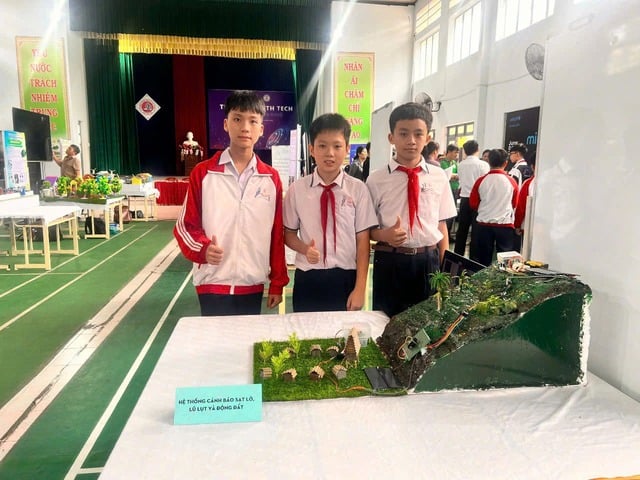
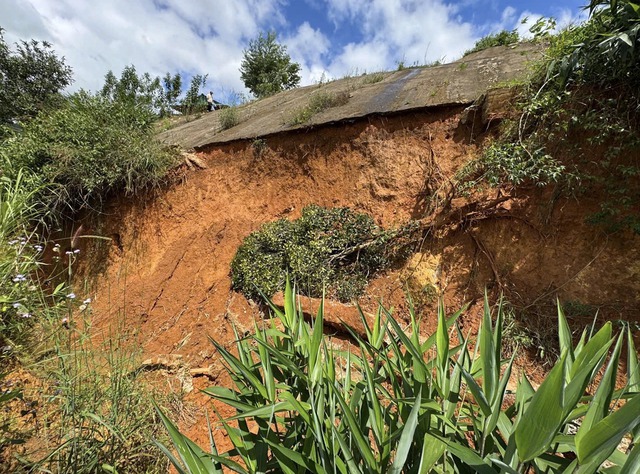
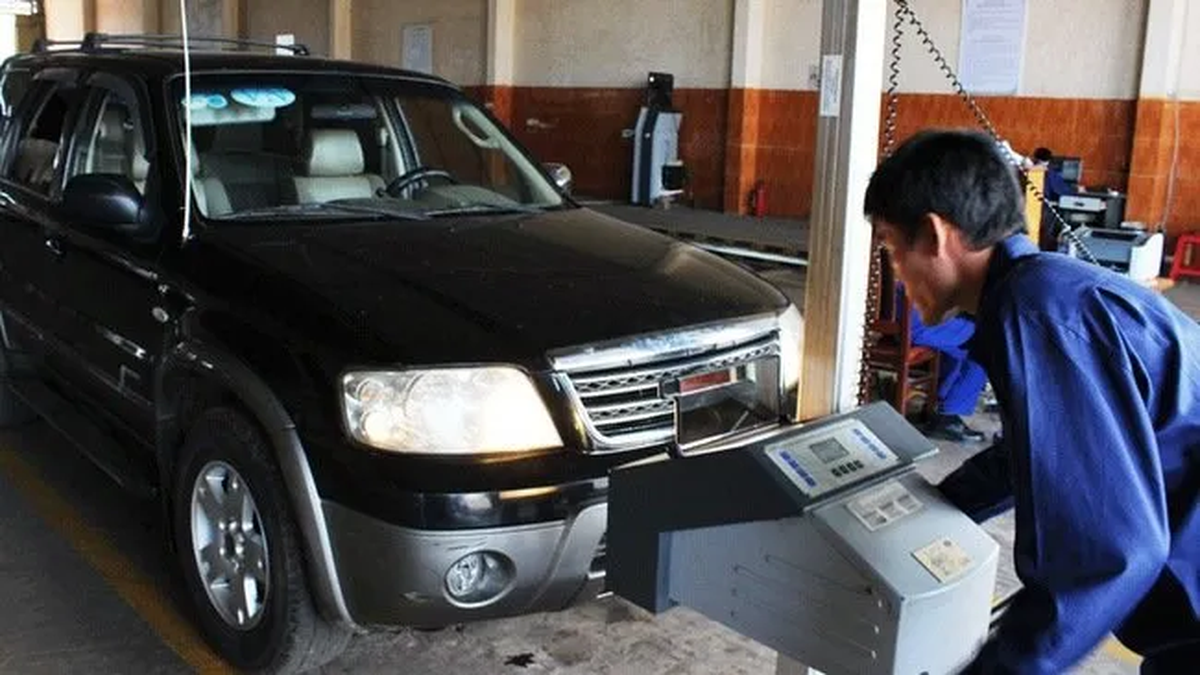
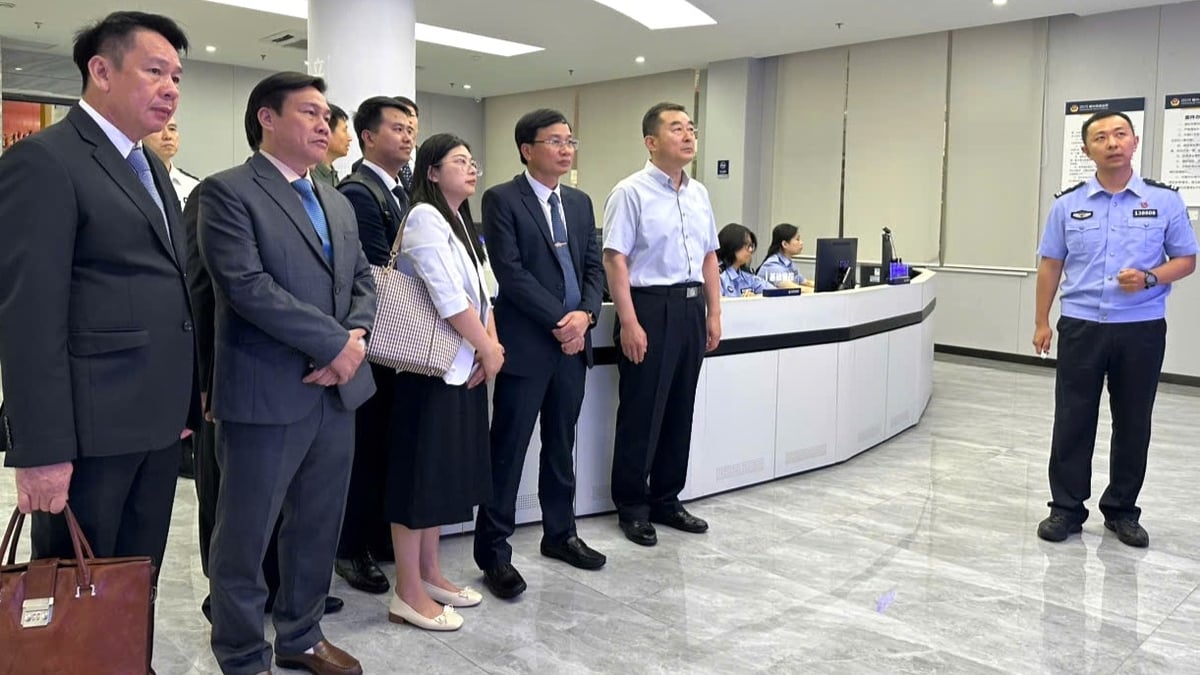


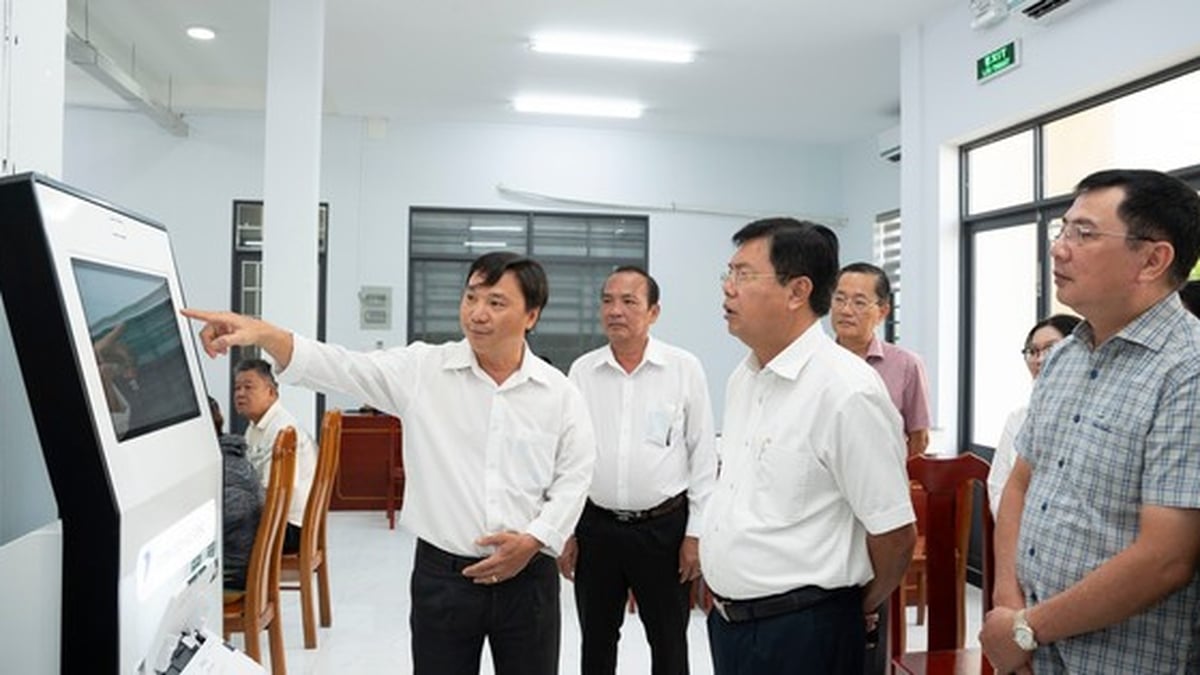
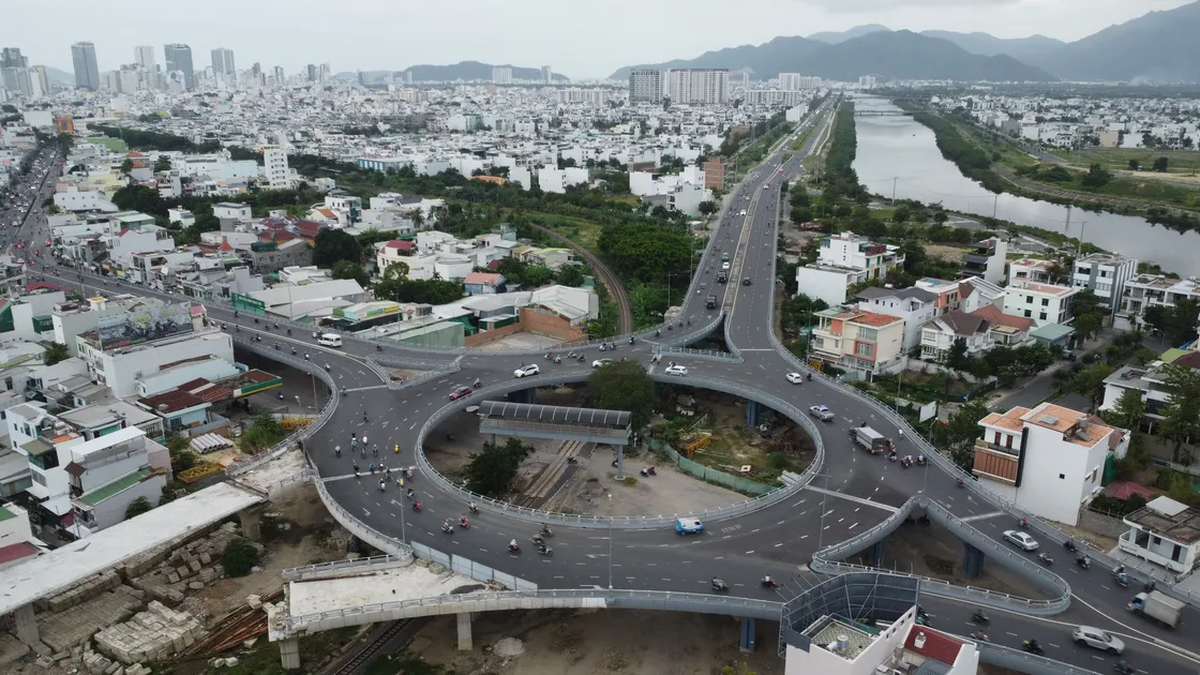



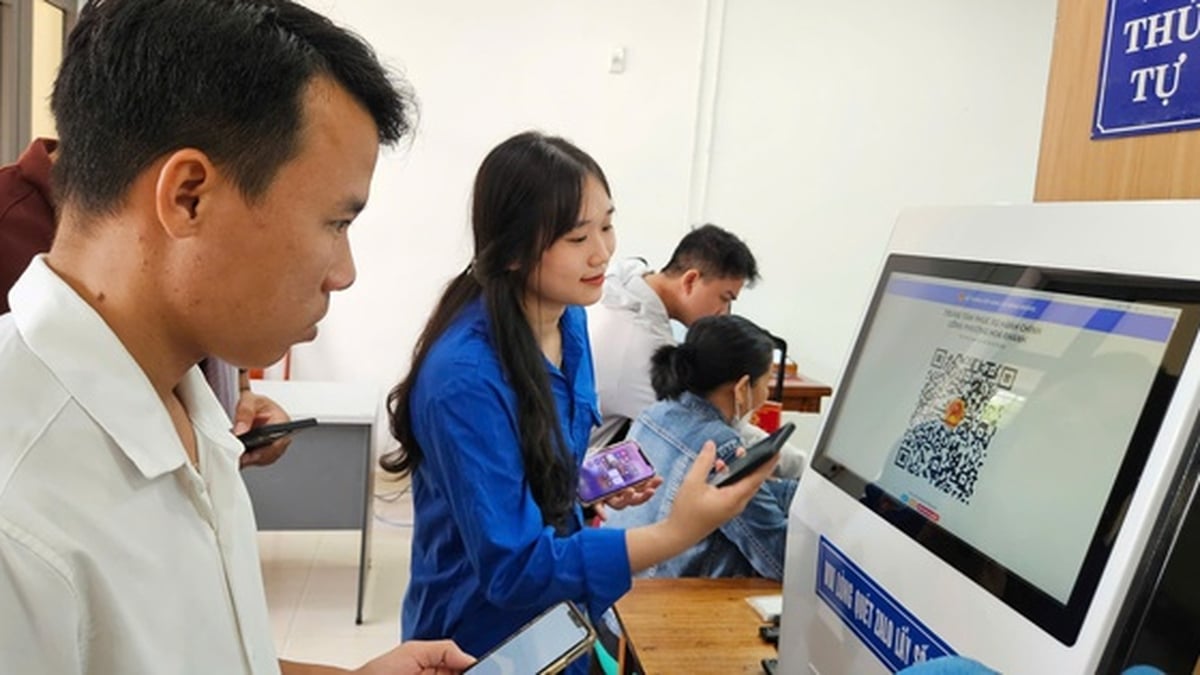










![[Photo] Gia Lai provincial leaders offer flowers at Uncle Ho's Monument with the ethnic groups of the Central Highlands](https://vphoto.vietnam.vn/thumb/1200x675/vietnam/resource/IMAGE/2025/7/9/196438801da24b3cb6158d0501984818)

















































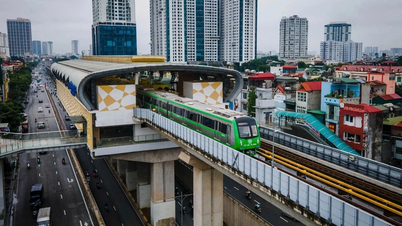


























Comment (0)